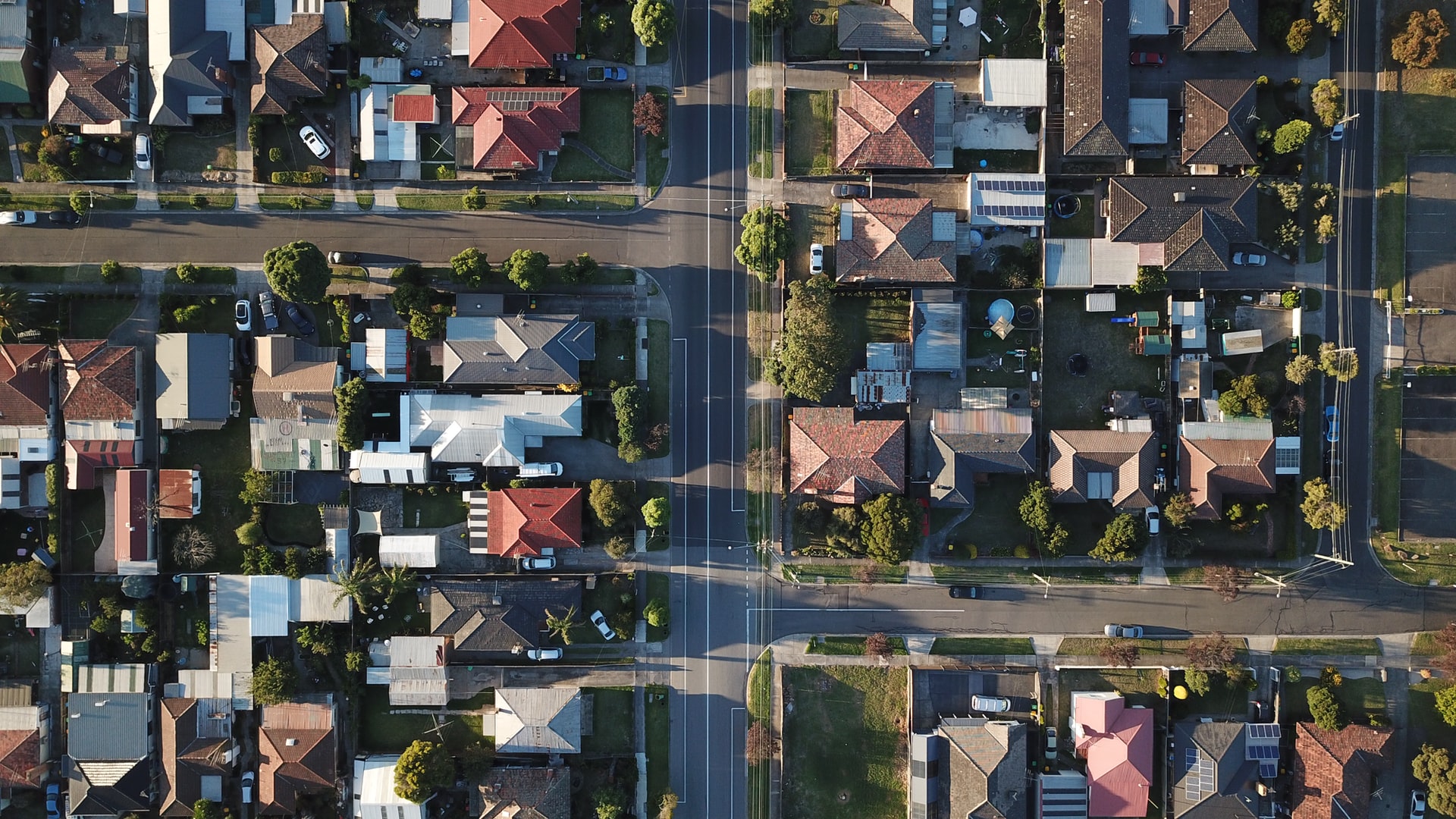Blog

“The Coronavirus Housing Boom”
If one thing is certain, we have all been spending more time in our homes over the past 6 months compared to the months and years prior. While many sectors of the economy have been negatively impacted from the pandemic, housing seems to be heading in the opposite direction. In fact, some areas of the country have a housing market that is doing better than before the pandemic began. Demand is quickly outpacing supply, and many first-time home buyers are entering the market. So, how can all of this be happening in the middle of this crisis? What factors are the biggest contributors as to why traffic on the popular real estate website redfin is up about 40% and pending home sales are up 15% from this time last month? “Home” is Different than 4 Months Ago With all of this extra time at home, renovation projects are on the rise as we start to see our home as a more critical piece of our lives both now and into the future. While some are satisfied with making upgrades on their current home, many others have entered the market to find a new place to live. Millennials and others that were previously packed into small city apartments are beginning to spread their wings and look for larger places to spread out. It’s not 2008. People then prioritized their auto payments, because you can drive your car to work,” said Isaac Boltansky, director of policy research at Compass Point. Now, “you’re forced to stay in your house. To me, I think the importance of home, both as a concept and as a practical matter, because of the stay-at home orders, has grown. Home is more important now than it was four months ago.” Remote Work is Accelerating the Urban Exodus People are moving. Well, some people are moving. People who don’t have to be tied to big urban areas are migrating to towns, rural areas and small cities. They’re being driven by conditions related to the coronavirus, and the understanding that the way we work — or that some of us work — has fundamentally changed. Those who were once convinced that showing your face in the office for 10 hours per day was the only way to ensure a promotion are being forced to re-think their approach. While it’s true that some of this urban exodus was occurring prior to the pandemic, you only have to look at a place like New York where rents have dropped 6.6%, to see that the city exodus is beginning to shift market conditions. Will these new work-from-home conditions be around forever? Perhaps we will see some return to normalcy once a vaccine surfaces, but I think this pandemic has simply fast forwarded a trend that we were already on. What will now be interesting to watch, is whether these smaller rural towns will begin to go through a revitalization period of people coming back who had originally left for more job opportunities. Interest Rates are Historically Low With the many moves that the Federal Reserve made at the beginning of the COVID pandemic, interest rates have taken an absolute nosedive. Not only are interest rates on U.S. government bonds significantly lower, but rates for savings accounts, corporate bonds, and mortgages are some of the lowest we have seen in history. With 30 Year Fixed Rates hovering around 3%- and 15-Year rates around 2.7% there certainly has never been a “cheaper” time to afford a move up in house. For many white-collar workers who have maintained their income levels and are simply working remote they realize that they can now afford a lot more house compared to even one year ago. Will the economic conditions continue to afford them the opportunity of employment? The answer is that nobody truly knows. Yet the value of a good place to live for a family cannot be quantified. If you can afford the cost, a house that you will live in for years to come may be worthwhile, regardless of the short-term shifts in the market.Copyright © 2025
Van Gelder Financial
